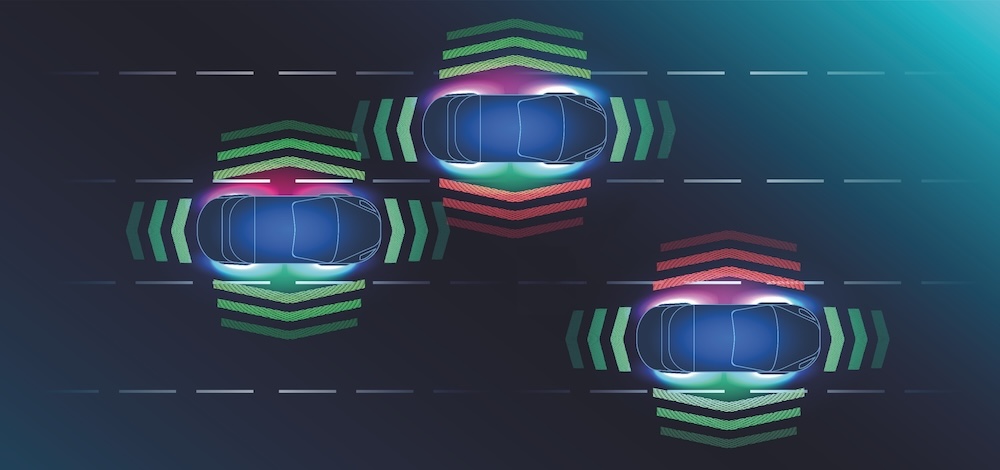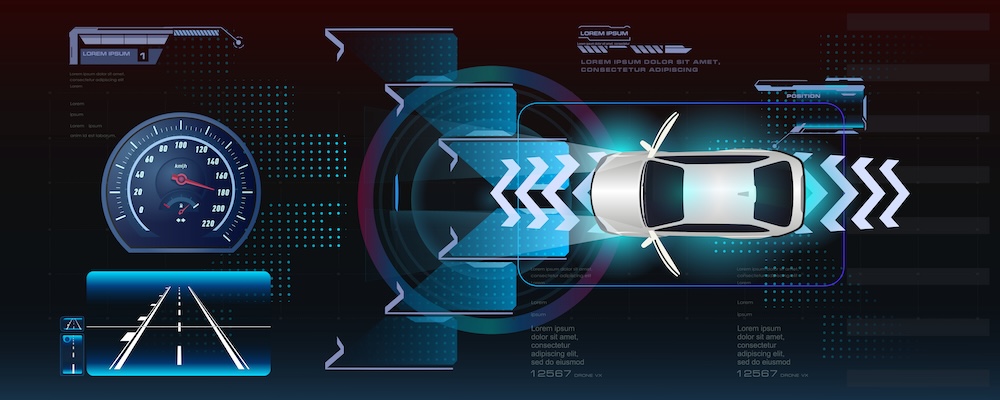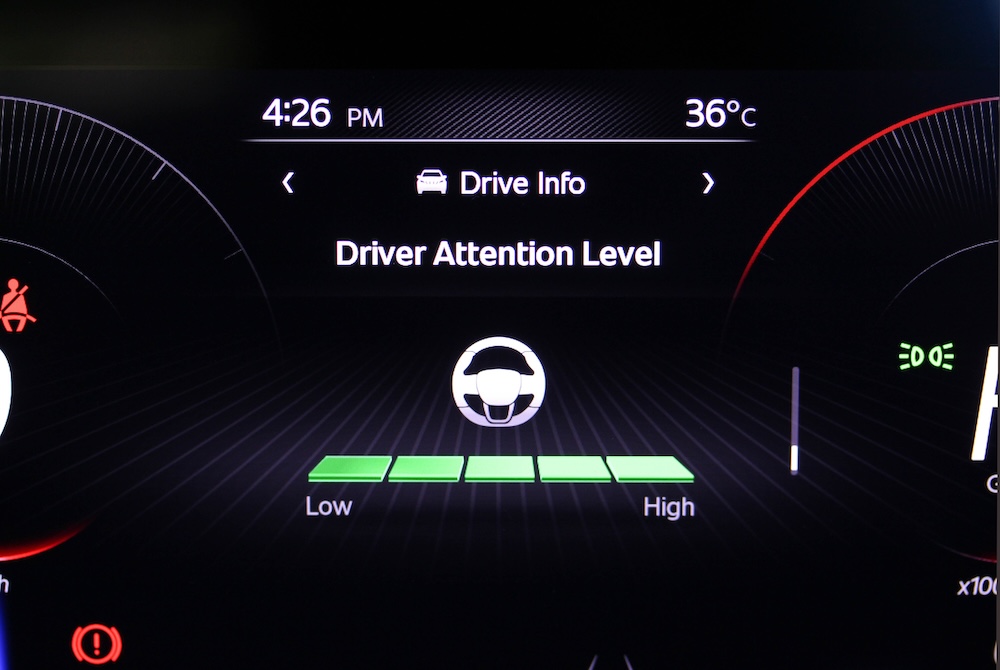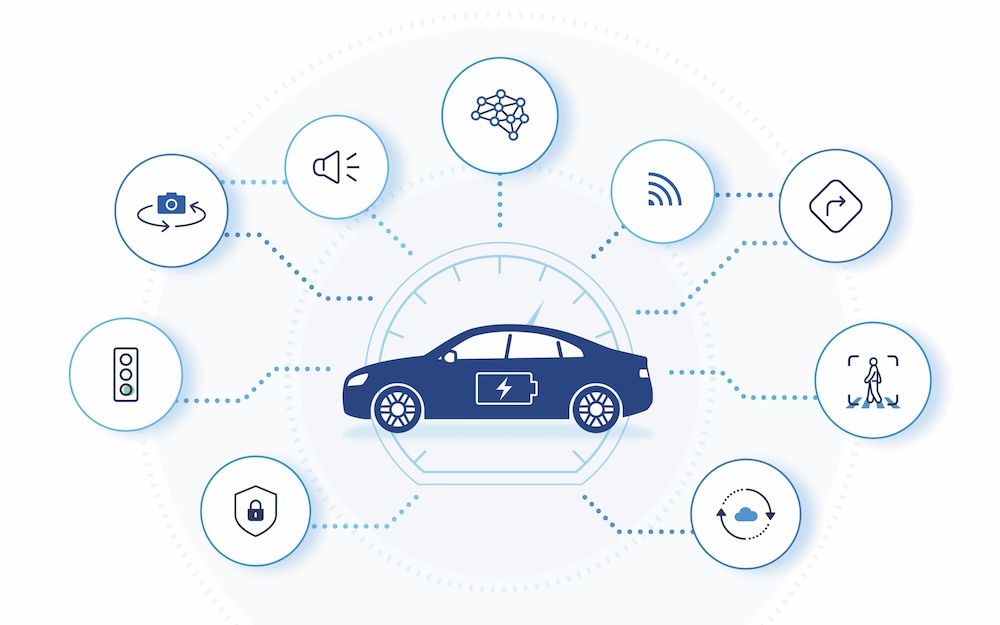As automotive technology accelerates into a new era, advanced safety systems like ADAS, automatic emergency braking, and driver fatigue monitoring are redefining what it means to drive safely. Discover how these cutting-edge innovations are making our roads smarter and saving lives.
 The modern automobile is no longer just a means of transportation; it’s a sophisticated network of sensors, cameras, and artificial intelligence designed to protect drivers, passengers, and pedestrians. As we approach 2025, the automotive industry is witnessing a revolution in vehicle safety, driven by the integration of advanced driver assistance systems (ADAS), emergency braking technologies, and real-time driver monitoring.
The modern automobile is no longer just a means of transportation; it’s a sophisticated network of sensors, cameras, and artificial intelligence designed to protect drivers, passengers, and pedestrians. As we approach 2025, the automotive industry is witnessing a revolution in vehicle safety, driven by the integration of advanced driver assistance systems (ADAS), emergency braking technologies, and real-time driver monitoring.
These innovations are not just futuristic add-ons; they are rapidly becoming essential features, shaping a new standard for road safety.
Advanced Driver Assistance Systems (ADAS): The Backbone of Modern Safety
ADAS refers to a suite of technologies that use sensors, cameras, and radars to monitor the vehicle’s surroundings and assist the driver in real time. These systems are designed to reduce human error, which remains the leading cause of road accidents worldwide. Common errors include distracted driving (such as using a phone or adjusting in-car systems), speeding, failure to yield or misjudging gaps in traffic, tailgating, running red lights or stop signs, driving while fatigued, and improper lane changes without checking blind spots. By addressing these behaviours, ADAS helps enhance driver awareness, improve reaction times, and reduce the likelihood of collisions.
Key ADAS features:
- Adaptive Cruise Control (ACC): Unlike traditional cruise control, ACC automatically adjusts the vehicle’s speed to maintain a safe distance from the car ahead. The latest systems are more intelligent and responsive, handling congested traffic with ease and reducing the risk of rear-end collisions.
- Lane Keeping Assistance: This feature detects lane markings and gently steers the vehicle back if it begins to drift unintentionally, helping prevent accidents caused by drowsiness or distraction.
- Blind Spot Monitoring: Using sensors to detect vehicles in adjacent lanes, this system alerts drivers to unseen hazards, especially during lane changes.
- Parking Assistance: Urban driving and tight parking spots are less stressful with automated parking systems that use cameras and sensors to guide or even park the vehicle autonomously.
ADAS technologies are not only making driving more convenient but also significantly improving road safety. For instance, adaptive cruise control has been shown to reduce rear-end collisions by up to 40%.
In Singapore, ADAS features are increasingly being integrated into public transport systems such as buses to enhance commuter and pedestrian safety. For private vehicles, while ADAS features like lane departure warnings, autonomous emergency braking, and blind spot monitoring are becoming more common, their inclusion is not yet mandatory. There is currently no regulation requiring ADAS in private vehicles, but the Land Transport Authority
(LTA) supports their adoption as part of broader road safety initiatives. Given their proven benefits, potential car buyers should definitely consider ADAS-equipped models when purchasing a new vehicle. These features not only offer added peace of mind but also contribute to safer roads for everyone.
Automatic Emergency Braking (AEB): The Last Line of Defence
AEB has evolved rapidly in recent years, becoming a cornerstone of vehicle safety. AEB systems use cameras and radar to detect imminent collisions with vehicles, pedestrians, or obstacles. If the driver fails to react in time, the system automatically applies the brakes to prevent or mitigate the impact.
Recent advancements have made AEB more reliable, with modern systems capable of functioning in a wider range of scenarios-including nighttime driving and adverse weather conditions. The effectiveness of AEB is so pronounced that regulatory bodies are mandating its inclusion in all new passenger cars and light trucks by 2029, with requirements to operate at speeds up to 100km/h and detect pedestrians in both daylight and darkness.
The impact is substantial: government estimates suggest that universal adoption of AEB could save at least 360 lives and prevent 24,000 injuries annually in the United States alone.
Singapore supports the adoption of safety technologies like AEB through schemes such as Vehicular Emissions Scheme (VES) and Early Turnover Scheme (ETS), despite limited local studies. While ADAS is not mandatory for private vehicles, it is strongly encouraged under Smart Mobility initiatives. As human error remains a major cause of accidents, features like AEB and lane departure warnings are expected to significantly enhance road safety as adoption grows.
Driver Fatigue and Drowsiness Monitoring: Tackling Human Limitations
While technology can compensate for many human errors, driver fatigue remains a stubborn cause of accidents. Local Tripartite Fatigue Management Guidelines recommend limiting driving shifts to 12 hours and including rest breaks after every two hours, while modern buses are now equipped with anti-fatigue systems that issue real-time alerts to drivers
Modern vehicles are now equipped with sophisticated driver monitoring systems that use cameras, sensors, and AI algorithms to detect signs of drowsiness or inattention. These systems analyse facial expressions, eye movements, steering patterns, and even physiological signals like heart rate to determine the driver’s alertness.
How it works
- Camera-Based Monitoring: Infrared cameras track eye blinks, gaze direction, and facial cues to detect early signs of fatigue-even when drivers wear sunglasses or in challenging lighting conditions.
- Behavioural Analysis: The system monitors steering inputs and lane position for erratic behaviour, issuing visual and audible alerts if the driver appears distracted or drowsy.
- Personalised Alerts: Next-generation systems, such as those developed in the EU’s FITDRIVE project, use wearable devices and machine learning to customise alerts based on each driver’s unique patterns, nudging them to take breaks before fatigue becomes dangerous.
These technologies are not limited to private cars; commercial fleets and heavy-duty vehicles are increasingly adopting driver monitoring systems to enhance safety and reduce insurance costs.
The Future: Connected, Predictive, and Autonomous
The convergence of these technologies is paving the way for even smarter vehicles. With real-time connectivity, cars can now receive over-the-air updates, access detailed maps, and share information about road conditions and hazards. Hands-free connectivity and voice control further minimise distractions, allowing drivers to stay focused on the road.
Looking ahead, the integration of ADAS, AEB, and driver monitoring is setting the stage for fully autonomous vehicles. Even as self-driving technology matures, human oversight will remain crucial-making advanced safety systems indispensable for the foreseeable future.
Driving Toward Zero Accidents
The evolution of automotive safety is no longer about passive protection; it’s about active prevention. ADAS, AEB, and driver fatigue monitoring are transforming vehicles into proactive guardians on the road. As these technologies become standard, they promise to significantly reduce accidents and save lives, bringing us closer to the hopeful goal of zero accidents.
While the journey toward zero accidents is ambitious, the rise of smarter, safer vehicles is steadily making this goal more attainable.



